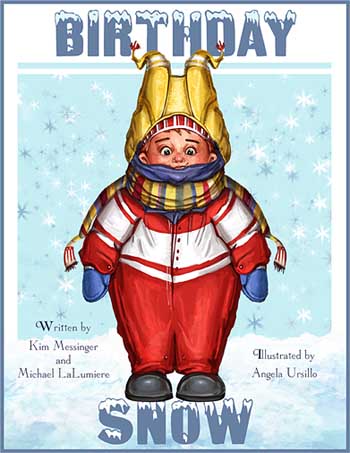I Had Hoped To Avoid Overseas Printing This Time
I printed our first two children's books in Korea. The end result was good. Excellent production values. But I didn't like the experience. Communication was sometimes difficult even though I worked with an in-country printing broker.
Still, I'd do it again if I had to.
But I didn't want to. Good communication makes life so much easier. It's worth a lot.
However, it's not worth $1,ooo per thousand books. We got several quotes from U.S. printers and unfortunately there's just too much disparity in cost. I'm sure the quality is fine but in the thin-margin children's book business that's just too much. So, we'll just put our helmets on and go with an overseas printer again. This time probably Hong Kong.
Many people in the small independent book business will say just go with digital printing. That way you don't have to print a lot of books. Everybody is doing it so save yourself some money in case you don't sell many books, etc.
Wise advice if only it were true. Talking to the wrong guy. Been there, done that. I swear I hear that quite often on the publishing lists. Maybe if you were galloping by on a horse and someone uncovered a digital book for a second and then covered it back up, you could think the quality is the same.
Not yet folks. Just not true. People want to save money so they do it. Maybe it's OK for a how-to book but it's the kiss of death if you're doing a children's picture book.
Michael LaLumiere
www.staggerleebooks.com


